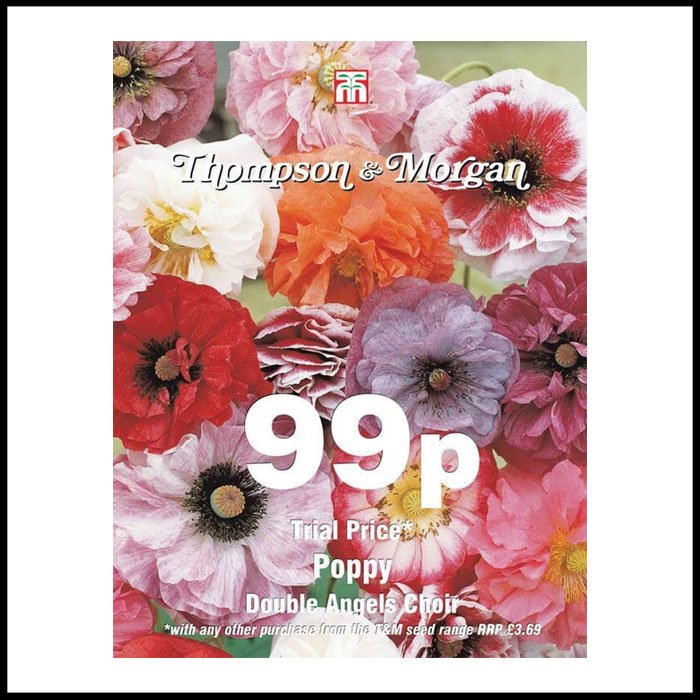 Image 1 of
Image 1 of


Herb Fennel
Fennel can be cultivated either as an herb for its appealing feathery leaves or as a vegetable for its bulging stem and base. The hardy perennial has a subtle anise flavour, making its foliage a flavorful enhancement to salads or a lovely garnish. Additionally, fennel has a wide range of applications, including being utilised as a compress to soften rough, chapped hands or to address various health issues.
Height: 180cm (71"). Spread: 45cm (18").
Fennel can be cultivated either as an herb for its appealing feathery leaves or as a vegetable for its bulging stem and base. The hardy perennial has a subtle anise flavour, making its foliage a flavorful enhancement to salads or a lovely garnish. Additionally, fennel has a wide range of applications, including being utilised as a compress to soften rough, chapped hands or to address various health issues.
Height: 180cm (71"). Spread: 45cm (18").
Fennel can be cultivated either as an herb for its appealing feathery leaves or as a vegetable for its bulging stem and base. The hardy perennial has a subtle anise flavour, making its foliage a flavorful enhancement to salads or a lovely garnish. Additionally, fennel has a wide range of applications, including being utilised as a compress to soften rough, chapped hands or to address various health issues.
Height: 180cm (71"). Spread: 45cm (18").
Direct sow fennels seeds outdoors from March to July into well prepared soil in full sun when temperatures reach around 13-18C (55-64F). Sow seeds thinly into drills 1cm (½") deep and 38cm (15") apart. When fennel seedlings are large enough to handle, thin them out to 30cm (12") apart. Make regular sowings for a successional harvest.
When growing fennel, keep plants well watered, particularly during hot, dry periods. Fennel leaves can be harvested at any time. For fennel seeds, allow the flowers to fade and harvest once the seed heads have fully ripened. The tasty stems can be cut when they reach tennis ball size.
Culinary note: Some parts of these flowers are edible













